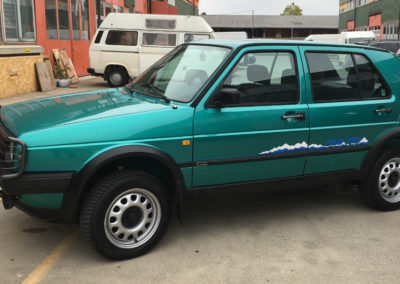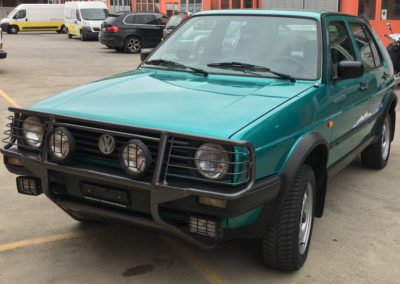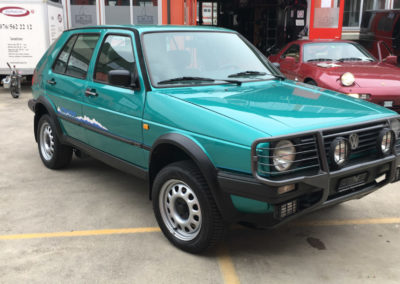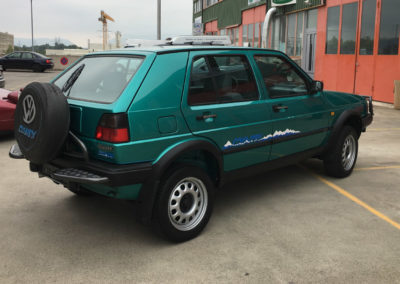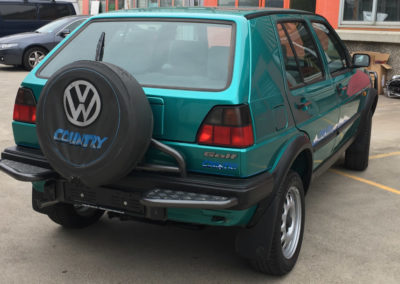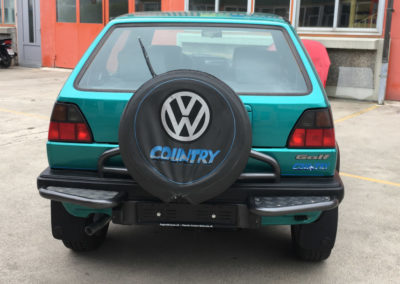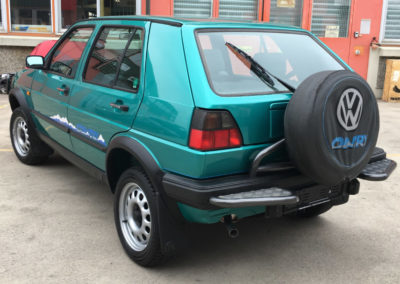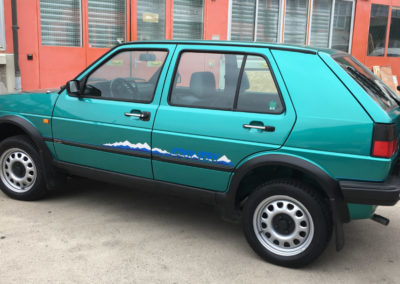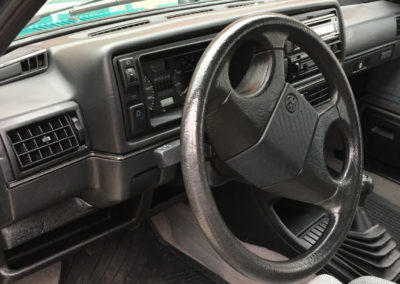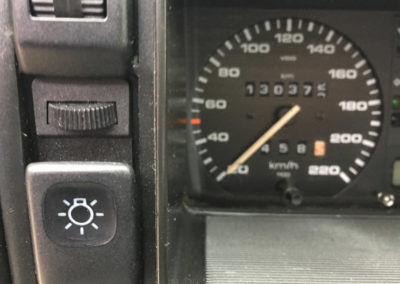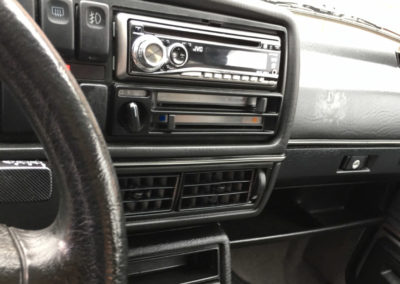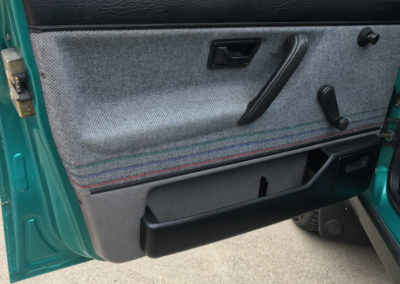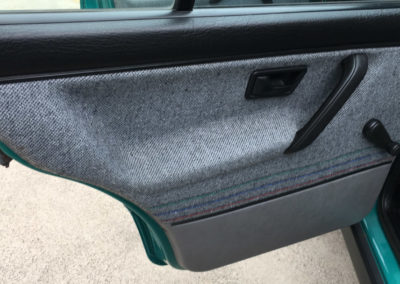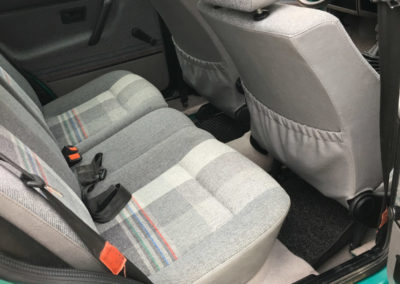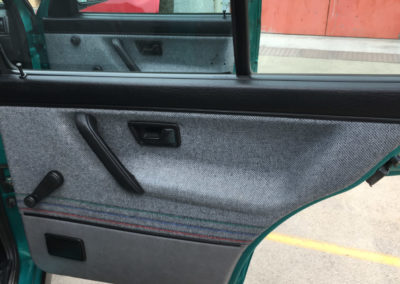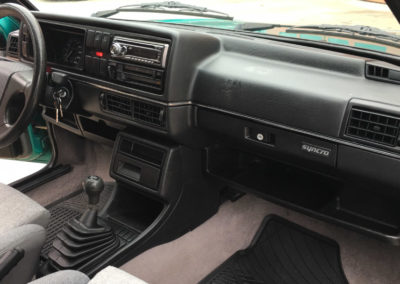Volkswagen Golf II Synchro Country – 1990 – Historique complet
The Volkswagen Montana Prototype
Once upon a time, in the automotive world of the late 1980s, Volkswagen unveiled a prototype at the prestigious Geneva Motor Show. Originally named the Volkswagen Montana, this rugged cross-country vehicle later earned the moniker “Country.” It was a vision of a Golf that could venture off the beaten path, equipped with a fuel-injection engine and a formidable four-wheel-drive syncro system. But it was the radically revised suspension mountings that truly set this vehicle apart, granting it genuine off-road capabilities.
Transforming the Golf CL Synchro
The year was 1990 when production of the Volkswagen Golf Country commenced, under the skilled hands of Steyr-Daimler-Puch Spezialfahrzeugtechnik in Graz, Austria. The foundation for the Country was the Golf CL Syncro, a four-door variant built in the Wolfsburg factory. These vehicles were then sent to Steyr for a remarkable transformation into the Golf Country. The adaptation of the Golf Syncro involved the addition of various components, including an intermediate frame, guard rails, a spare tire carrier, rear end collision guard rails, and a reinforced chassis.
7’735 Golf Country Cars Produced
By October 1991, a total of 7’735 Golf Country cars had rolled off the assembly line, showcasing the popularity and demand for this unique crossover vehicle. To create the Golf Country, a remarkable 438 parts were added to the original Golf CL Syncro, highlighting the extensive modifications required to elevate it to off-road prowess.
The Legacy of the Golf Country
Thus, the Volkswagen Golf Country, born from the unexpected convergence of customer demand and automotive ingenuity, became an emblematic crossover SUV ahead of its time. Its distinctive appearance and off-road capabilities set it apart, leaving an indelible mark on the automotive landscape and paving the way for future generations of versatile and adventure-ready vehicles.

